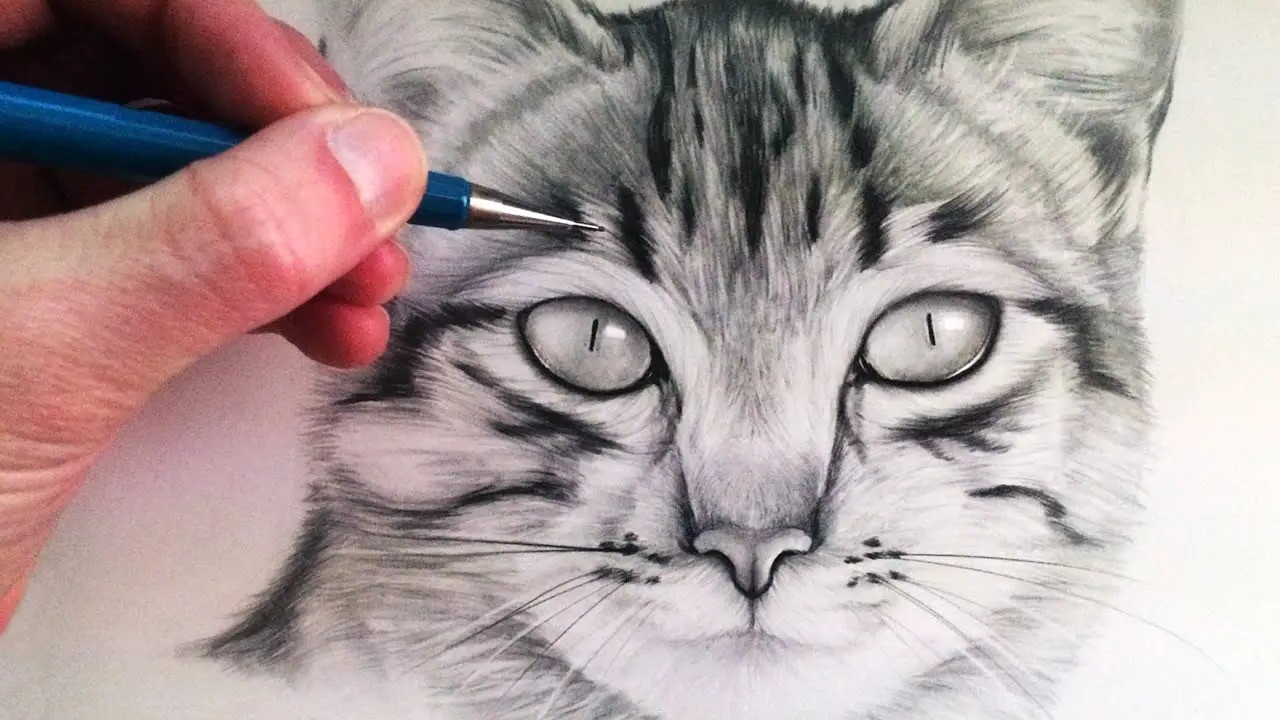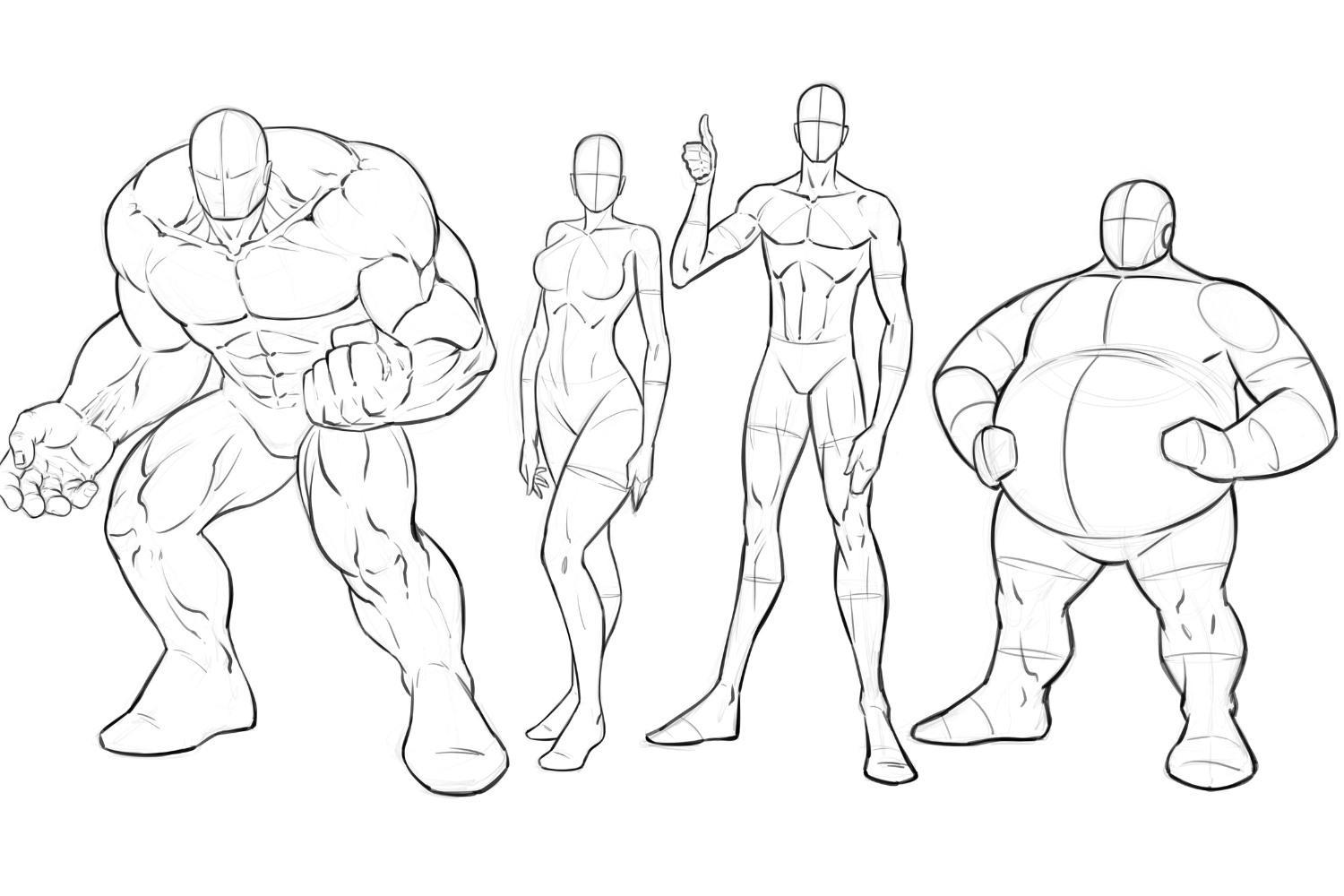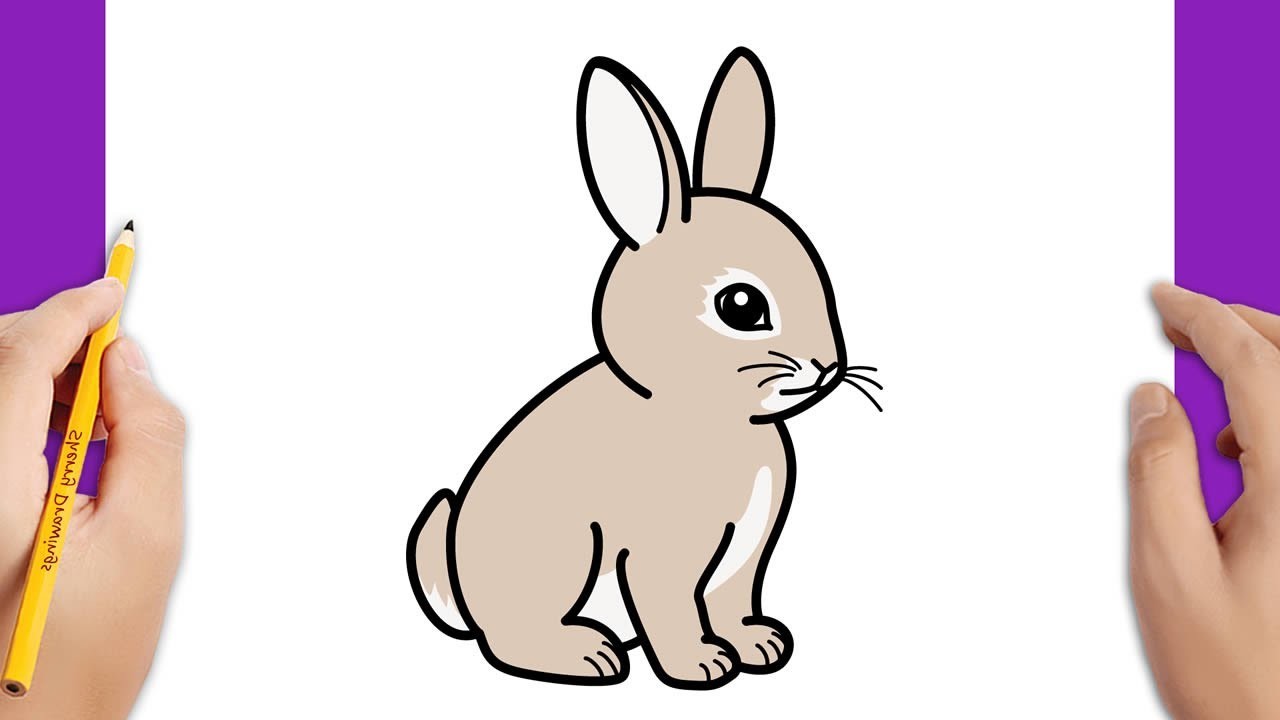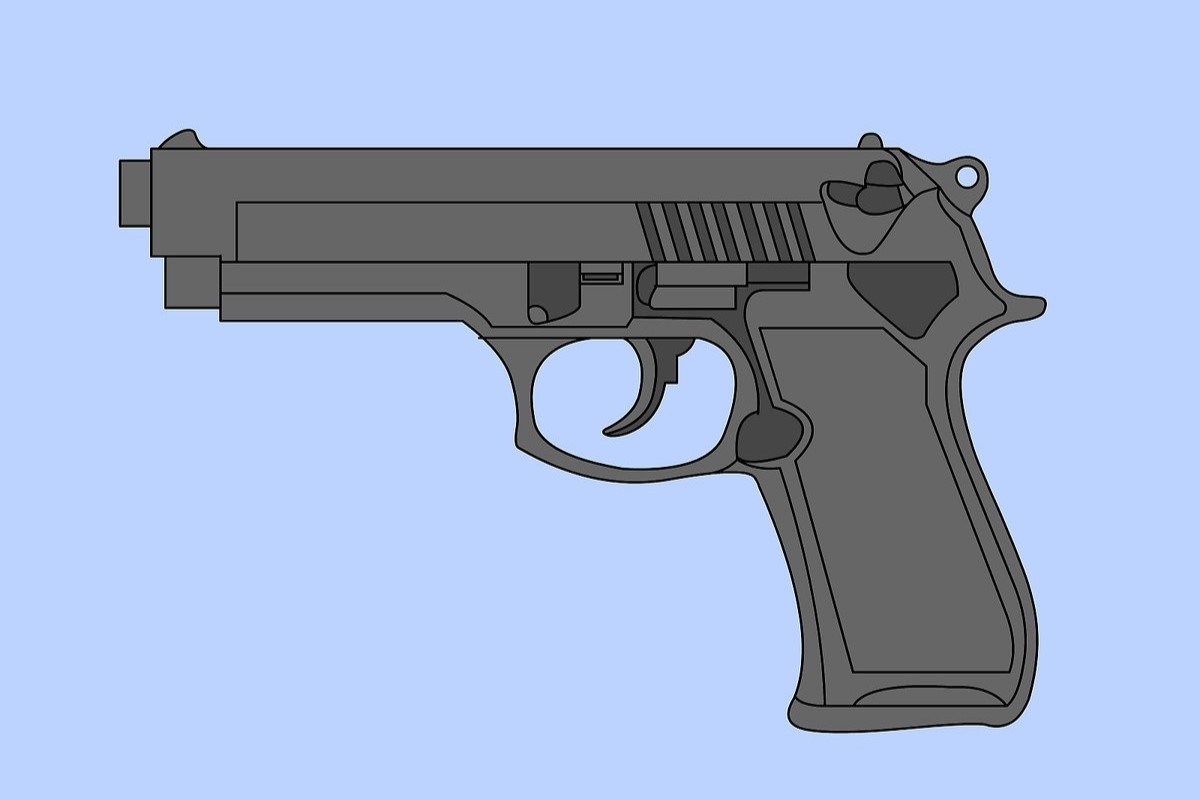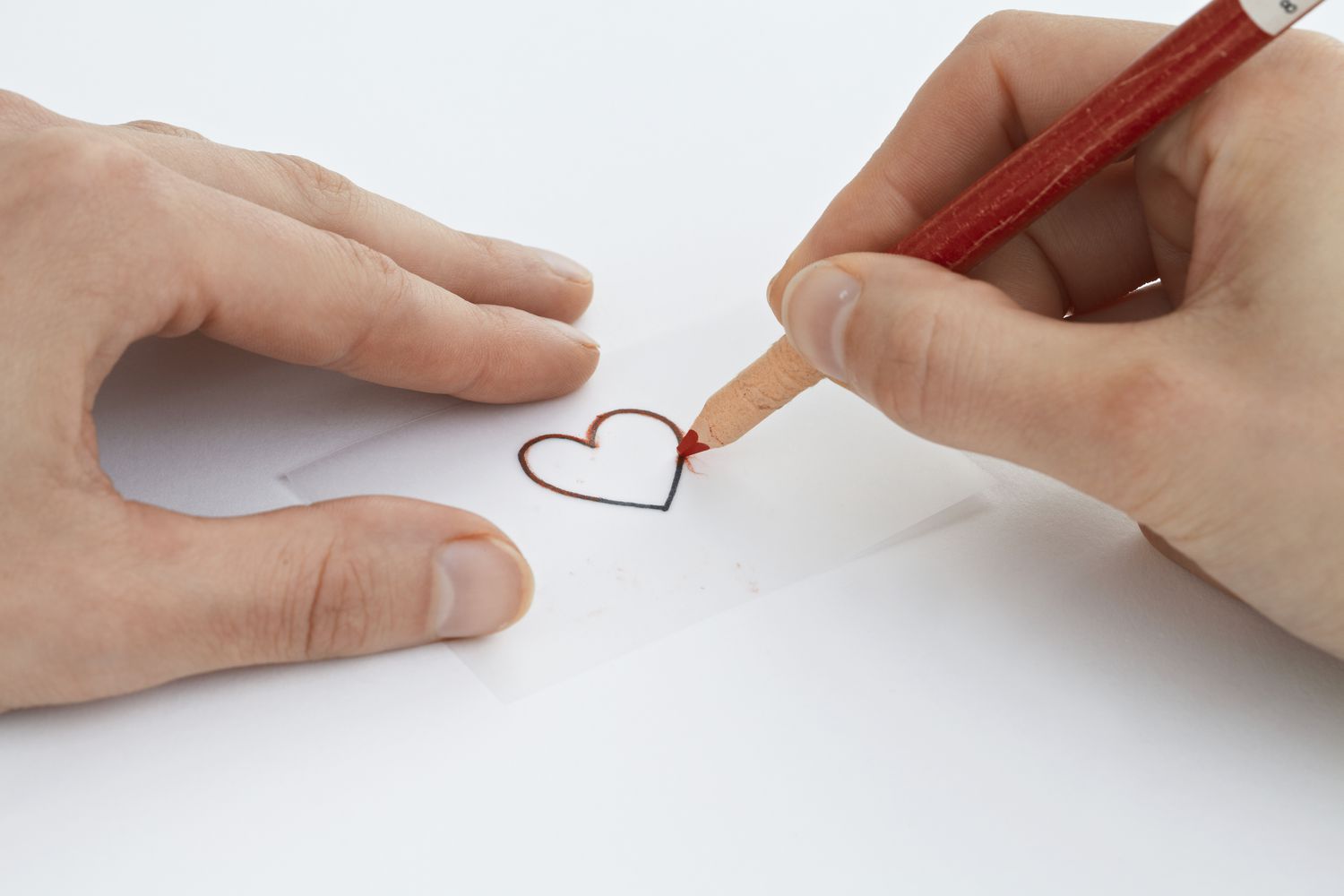Home>Arts and Culture>How To Draw Wings
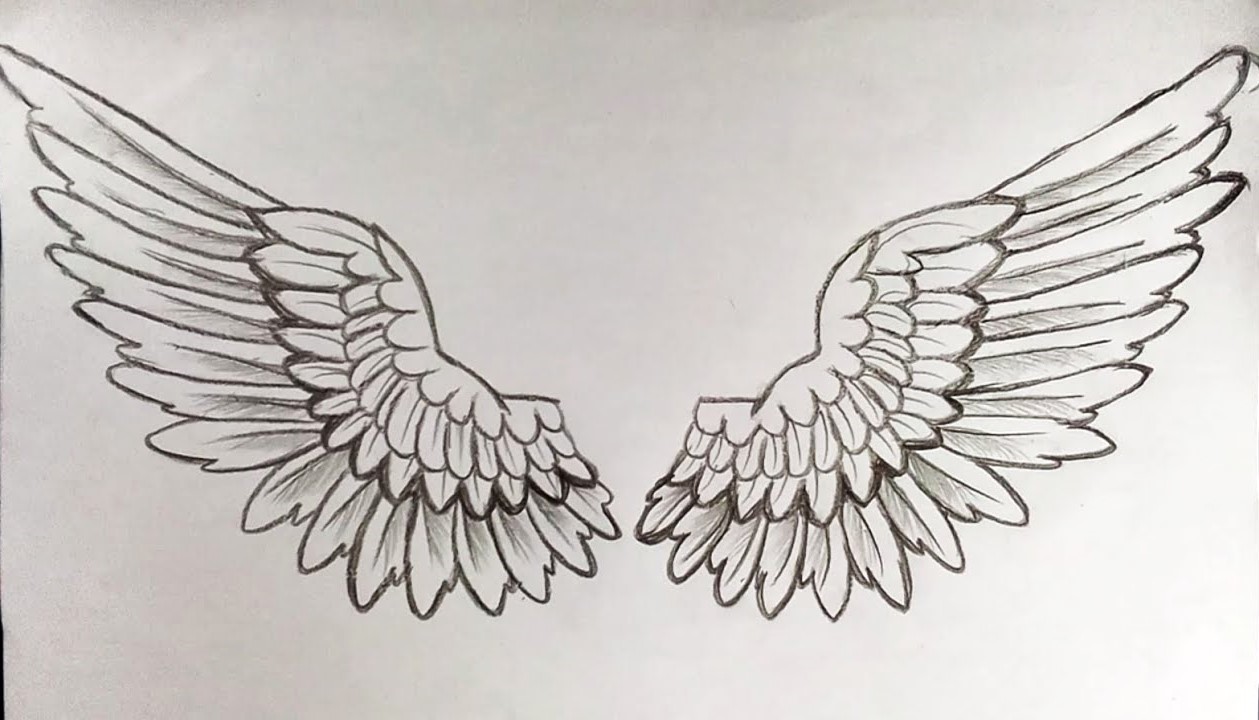

Arts and Culture
How To Draw Wings
Published: February 27, 2024
Learn the art of drawing wings with our step-by-step guide. Explore different techniques and styles in this comprehensive tutorial. Perfect for art enthusiasts and beginners in the arts and culture scene.
(Many of the links in this article redirect to a specific reviewed product. Your purchase of these products through affiliate links helps to generate commission for Noodls.com, at no extra cost. Learn more)
Table of Contents
Introduction
Drawing wings can be a captivating and rewarding experience, allowing artists to unleash their creativity and bring mythical creatures, angels, birds, and other winged beings to life on paper. Whether you are an aspiring artist or a seasoned illustrator, mastering the art of drawing wings can elevate your artwork to new heights. From understanding the intricate anatomy of wings to capturing the play of light and shadow, this comprehensive guide will equip you with the knowledge and techniques needed to create stunning and lifelike wings in your drawings.
Wings symbolize freedom, transcendence, and spirituality, making them a popular subject in art and mythology across cultures. Whether you are aiming to depict the majestic wings of a soaring eagle, the ethereal wings of an angel, or the fantastical wings of a mythical creature, mastering the art of drawing wings opens up a world of creative possibilities. By understanding the underlying structure, texture, and nuances of wings, artists can infuse their drawings with a sense of realism and dynamism, captivating viewers and evoking powerful emotions.
In this guide, we will delve into the intricacies of drawing wings, starting with an exploration of the anatomy of wings. Understanding the underlying structure of wings is crucial for creating realistic and visually compelling drawings. We will then move on to sketching the basic structure of wings, providing step-by-step guidance to help you lay the foundation for your winged creations. From there, we will explore techniques for adding intricate details and texture to the wings, as well as incorporating shading and highlights to imbue depth and dimension into your drawings.
Whether you are aiming to depict the delicate feathers of an angel's wings or the sleek membranes of a bat's wings, mastering the art of drawing wings requires attention to detail and a keen understanding of light and form. Throughout this guide, we will provide valuable tips and insights to help you hone your wing-drawing skills and bring your artistic visions to life. So, grab your pencils and let's embark on a journey to unlock the secrets of drawing captivating and lifelike wings.
Read more: How To Reheat Wings In An Air Fryer
Understanding the anatomy of wings
Before embarking on the artistic endeavor of drawing wings, it is essential to gain a deep understanding of the intricate anatomy that underpins these remarkable structures. Whether found on birds, mythical creatures, or celestial beings, wings exhibit a diverse range of forms and functions, each with its own unique characteristics. By delving into the anatomy of wings, artists can gain valuable insights that will inform their approach to capturing the essence of these ethereal appendages on paper.
Wings, in their most fundamental form, consist of a framework of bones or support structures, covered by a layer of skin, feathers, or membranes. The skeletal framework provides the necessary support for flight and maneuverability, while the outer covering contributes to aerodynamics and visual aesthetics. Understanding the skeletal structure of wings is crucial for accurately depicting their form and range of motion in drawings.
In avian anatomy, the primary components of a bird's wing include the humerus, radius, ulna, carpometacarpus, and phalanges. The humerus serves as the upper arm bone, connecting the wing to the bird's body, while the radius and ulna form the forearm. The carpometacarpus corresponds to the bird's wrist, and the phalanges represent the finger bones, which support the feathers. By familiarizing oneself with the arrangement and proportions of these skeletal elements, artists can imbue their winged creations with a sense of anatomical accuracy and dynamism.
Beyond avian wings, artists may also seek to depict the wings of mythical creatures or celestial beings, each with its own fantastical anatomy. From the majestic and feathery wings of angels to the leathery and bat-like wings of demons, understanding the diverse forms of mythical wings allows artists to infuse their drawings with a sense of otherworldly allure and symbolism.
By studying the anatomy of wings across different species and mythologies, artists can gain a nuanced understanding of the underlying structures that define these iconic appendages. This knowledge serves as a cornerstone for creating realistic and visually captivating winged illustrations, laying the groundwork for the subsequent stages of sketching, detailing, and shading that bring wings to life on the page.
Sketching the basic structure of wings
Sketching the basic structure of wings serves as the foundational step in bringing these ethereal appendages to life on paper. Whether you are aiming to depict the powerful wings of a soaring eagle or the delicate wings of a mythical creature, mastering the art of sketching the basic structure is essential for creating compelling and realistic winged illustrations.
To begin, it is crucial to establish the overall shape and proportions of the wings. Consider the wing's span, the curvature of the leading and trailing edges, and the arrangement of primary and secondary feathers. By outlining these fundamental characteristics, artists can lay the groundwork for capturing the distinctive silhouette and aerodynamic profile of the wings.
Next, focus on delineating the skeletal framework or support structures that form the basis of the wings. Whether it is the elongated bones of avian wings or the sinuous and elaborate structures of mythical wings, sketching the underlying framework provides a solid foundation for adding detail and texture in subsequent stages.
Pay close attention to the positioning of the wing joints and the articulation of the bones, as these elements contribute to the wings' range of motion and overall dynamism. By carefully mapping out the skeletal structure, artists can imbue their winged creations with a sense of anatomical accuracy and lifelike fluidity.
As you sketch the basic structure of the wings, consider the perspective from which they are viewed. Whether the wings are depicted in a spread-out, soaring position or folded against the body, capturing the appropriate perspective and foreshortening adds depth and dimension to the illustration.
Throughout the sketching process, maintain a light and fluid touch, allowing for adjustments and refinements as the wing's form takes shape. Emphasize fluid lines and graceful curves to convey the inherent grace and majesty of the wings, whether they belong to a celestial being or a creature of the natural world.
By mastering the art of sketching the basic structure of wings, artists lay the groundwork for infusing their illustrations with a sense of realism and dynamism. This foundational stage sets the stage for adding intricate details, texture, and shading, ultimately bringing the wings to life in captivating and visually stunning drawings.
Adding details and texture to the wings
Once the basic structure of the wings has been sketched, the next crucial step in bringing these ethereal appendages to life on paper is adding intricate details and texture. This stage is where the true character and visual appeal of the wings begin to emerge, as artists infuse their illustrations with a sense of depth, realism, and tactile richness.
To begin, focus on capturing the intricate details of the feathers, membranes, or scales that adorn the wings. Whether it is the delicate and overlapping feathers of avian wings or the sinewy and membranous textures of mythical wings, attention to detail is paramount. Consider the arrangement of primary and secondary feathers, the subtle variations in texture, and the interplay of light and shadow across the wing's surface.
Employing a combination of hatching, cross-hatching, and stippling techniques can effectively convey the nuanced textures of the wings. By varying the density and direction of the marks, artists can emulate the intricate patterns and tactile qualities of feathers, membranes, or scales, adding a layer of visual interest and realism to the wings.
Furthermore, pay close attention to the play of light and shadow across the wings, as this contributes to the overall three-dimensional effect. Consider the source of light and how it interacts with the wing's surface, casting highlights and creating areas of subtle gradation. By skillfully rendering the interplay of light and shadow, artists can imbue their wings with a sense of volume and presence, elevating the overall impact of the illustration.
Incorporating fine details such as the veining of feathers, the iridescence of bird wings, or the intricate patterns of mythical wings further enhances the visual richness and authenticity of the illustration. These subtle nuances contribute to the overall narrative and allure of the wings, inviting viewers to immerse themselves in the captivating world depicted on paper.
As artists meticulously add details and texture to the wings, they breathe life into their creations, infusing them with a sense of realism and tactile allure. This stage sets the foundation for the final step of adding shading and highlights, where the wings truly come alive with depth and dimension, captivating viewers with their visual splendor and evocative presence.
Adding shading and highlights to create depth
Adding shading and highlights to a drawing is a pivotal stage in the process of bringing wings to life on paper. This step elevates the illustration by imbuing the wings with a sense of depth, dimension, and visual impact. By skillfully manipulating light and shadow, artists can create a compelling illusion of three-dimensionality, enhancing the realism and dynamism of the winged subject.
To begin, consider the direction and intensity of light in the scene. Whether the light source emanates from above, casting shadows beneath the wings, or filters through the translucent membranes, understanding the interplay of light and shadow is essential. By observing real-life references and studying the behavior of light on different surfaces, artists can gain valuable insights into rendering convincing shading and highlights.
When applying shading to the wings, consider the areas of overlap, curvature, and recess. Darken the regions where the wings fold or overlap, as these areas are likely to be obscured from the light source, creating natural shadowing. By carefully observing the form and structure of the wings, artists can strategically apply shading to accentuate the contours and create a sense of volume.
In contrast, highlights serve to accent the areas of the wings that catch the most light. Whether it is the gleaming edges of feathers, the reflective surfaces of membranes, or the iridescent sheen of mythical wings, highlights add a touch of luminosity and vitality to the illustration. By judiciously applying highlights, artists can emphasize the wing's texture, form, and luster, drawing the viewer's gaze and infusing the wings with a captivating sense of realism.
Employing techniques such as stippling, cross-hatching, and blending, artists can delicately render the transitions between light and shadow, creating a seamless and naturalistic portrayal of depth. By varying the intensity and distribution of shading and highlights, artists can evoke a sense of drama, movement, and presence within the wings, captivating viewers and inviting them to immerse themselves in the enchanting world depicted on paper.
Ultimately, the art of adding shading and highlights to create depth is a transformative stage that breathes life into winged illustrations, elevating them from two-dimensional renderings to captivating and immersive works of art. By mastering the interplay of light and shadow, artists can infuse their winged creations with a sense of realism, dynamism, and visual allure, captivating viewers and evoking powerful emotions.
Read more: How To Reheat Chicken Wings
Tips for drawing realistic wings
-
Study Real-life References: Observing and studying the wings of birds, bats, and other winged creatures in real life provides invaluable insights into their anatomical structure, textures, and the way light interacts with them. Take the time to closely observe the intricate details and movements of wings in various settings to inform your artistic interpretation.
-
Understand Aerodynamics: Consider the aerodynamic principles that govern the function and form of wings. Understanding how different wing shapes and structures contribute to flight and maneuverability can inform the way you depict wings in your drawings, adding a layer of authenticity and dynamism.
-
Embrace Variation in Feathers: Feathers come in a diverse range of shapes, sizes, and textures. Embrace this diversity by varying the types of feathers depicted in your wings, paying attention to the arrangement, layering, and patterns. This attention to detail adds realism and visual interest to your winged subjects.
-
Capture Movement and Flow: Wings are dynamic structures designed for flight. Capture the sense of movement, grace, and fluidity in your drawings by depicting wings in various stages of motion. Whether it's the extension of wings in preparation for flight or the graceful sweep of wings in mid-flight, conveying a sense of movement adds vitality to your illustrations.
-
Experiment with Different Mediums: Explore the use of different artistic mediums, such as pencils, charcoal, ink, or digital tools, to bring your wings to life. Each medium offers unique opportunities for texture, shading, and expression, allowing you to experiment and find the most suitable approach for your artistic vision.
-
Balance Realism and Creativity: While striving for realism, don't be afraid to infuse your wings with a touch of creativity and imagination. Whether it's incorporating fantastical elements into mythical wings or adding subtle artistic flourishes to avian wings, striking a balance between realism and creativity can result in captivating and evocative illustrations.
-
Seek Feedback and Learn from Others: Share your winged illustrations with fellow artists and seek constructive feedback. Engaging with the artistic community can provide valuable perspectives and insights, helping you refine your techniques and expand your artistic repertoire.
-
Practice Patience and Perseverance: Mastering the art of drawing realistic wings takes time and dedication. Embrace the process of continuous learning and improvement, allowing yourself the patience and perseverance needed to refine your skills and bring your artistic visions to fruition.
By incorporating these tips into your artistic practice, you can elevate your ability to draw realistic and captivating wings, enriching your illustrations with a sense of authenticity, dynamism, and visual allure.
Conclusion
In conclusion, the art of drawing wings is a captivating and multifaceted endeavor that invites artists to explore the realms of anatomy, texture, light, and creativity. By delving into the intricate anatomy of wings, artists gain a profound understanding of the underlying structures that define these iconic appendages, laying the groundwork for creating compelling and realistic winged illustrations. Whether it is the skeletal framework of avian wings or the fantastical anatomy of mythical wings, this foundational knowledge serves as a springboard for infusing illustrations with a sense of anatomical accuracy and dynamism.
As artists progress to sketching the basic structure of wings, they embark on a journey to capture the distinctive silhouette, proportions, and range of motion of these ethereal appendages. Emphasizing fluid lines, graceful curves, and perspective, artists lay the groundwork for infusing their illustrations with a sense of realism and dynamism, setting the stage for the subsequent stages of adding intricate details, texture, shading, and highlights.
Adding intricate details and texture to the wings breathes life into the illustrations, infusing them with a sense of depth, tactile richness, and visual allure. By meticulously rendering the feathers, membranes, or scales that adorn the wings, artists create a captivating illusion of texture and dimension, inviting viewers to immerse themselves in the enchanting world depicted on paper.
The transformative stage of adding shading and highlights further elevates winged illustrations, imbuing them with a sense of three-dimensionality, dynamism, and visual impact. By skillfully manipulating light and shadow, artists create a compelling illusion of depth, enhancing the realism and allure of the winged subject, captivating viewers and evoking powerful emotions.
In the pursuit of drawing realistic wings, artists are encouraged to embrace a spirit of curiosity, experimentation, and continuous learning. By studying real-life references, understanding aerodynamics, embracing variation in feathers, capturing movement and flow, and balancing realism with creativity, artists can elevate their ability to create captivating and lifelike winged illustrations.
Ultimately, the art of drawing wings transcends technical proficiency, inviting artists to infuse their creations with a sense of narrative, symbolism, and emotional resonance. Whether depicting the majestic wings of a soaring eagle, the ethereal wings of an angel, or the fantastical wings of a mythical creature, mastering the art of drawing wings unlocks a world of creative possibilities, inviting viewers to embark on a journey of wonder, imagination, and visual splendor.









